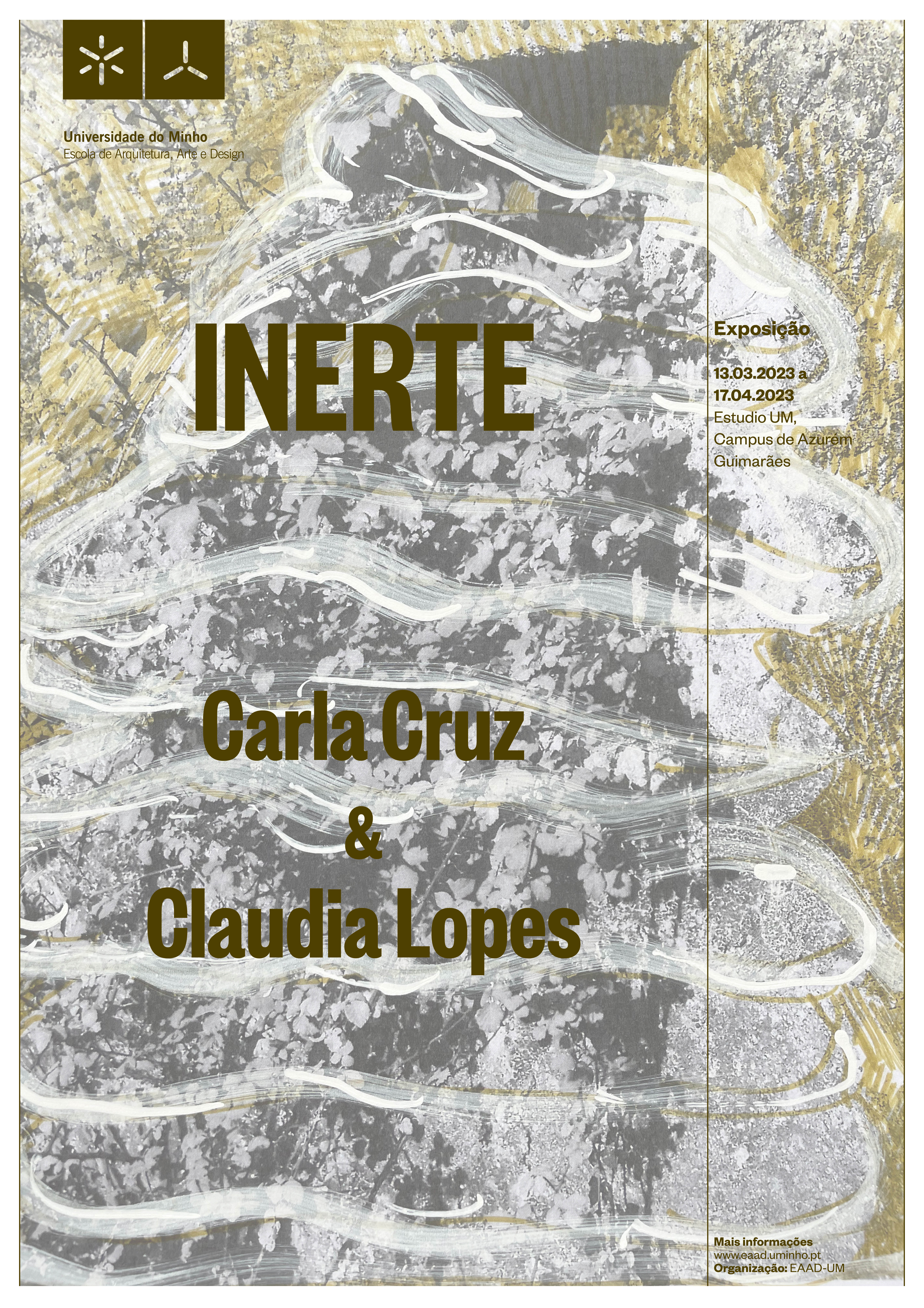Exposição Inerte
From the silence of the mountain…
“Walking and walking he came to a labyrinth of paths, along one of which wagons rolled, and along others the private staff of engineers and technical agents came and went, with their very stately, neat homes to the rear of small plazas adorned with pelargoniums and oleanders. And, steps ahead, as he saved the hump of the land, his astonished eyes discovered the human anthill, divided into groups according to the nature of the tasks, making a racket that was vaulted by the infernal buzzing of the unseen flywheels. Even far away, five hundred to a thousand metres, people could be seen, women washing the mineralized earth in the open air and under tiled roofs, arms outstretched, bare feet, skirts stuck between their knees so that the water wouldn’t splash up their legs. Boys, with men’s berets, colourless by force of use, the tender flesh peeking out of their shirts, ruffled and in tatters, came to the hill to bucket the cart full of pebbles in which they coruscated pyrites and reeds and wolframine with the sun. Further out, a great crowd opened a trench, and another crowd, towards the hill, carried a bank of stone and gravel to the point of iron and pickaxe. Here and there workers dug the rock, while others carried the shots of gunpowder bombardment. Many extracted the slurry from the wells or flushed the water out of them so that the work could continue efficiently. It was underground, sometimes dozens of metres deep, that the main activity of the mine was carried out, with compressed-air guns to demolish the quartz, pickets of specialised entivators to shore up the galleries, electric and manual pumps to suck the water from the gulleys, waste heaps, miners with winches and sledgehammers, men and more men loading and unloading -complex personnel, skilled and experienced in manoeuvres. On the surface it was like a camp. Above the shouts, commands, mumbled conversations, the clanging of tools and the clatter of wagons and foxes, the dynamo pulsed and its matte and deafening bang created this special tone, semi-barbaric and fierce, of modern industry, man and machine combined.” Aquilino Ribeiro, 1943, Volphramio, Lisbon: Bertrand, pp.69-71.
Now everything is inert, in the waste heap only the wind can be heard.
Since 2020, Carla Cruz & Cláudia Lopes have been developing joint reflections that focus on issues such as: time, circularity, fragments, marks, sedimentations, natural, built, transformed and fictionalized landscapes, crossed temporalities, ends of the world and other speculative prefigurations. The works in this exhibition are part of the result of a research project in the Arouca region.

